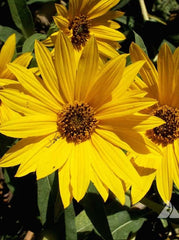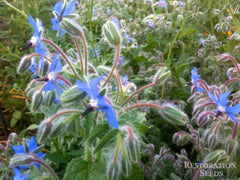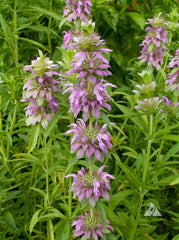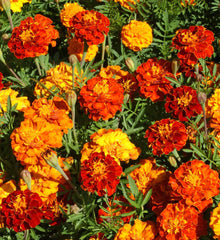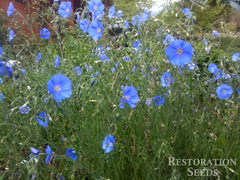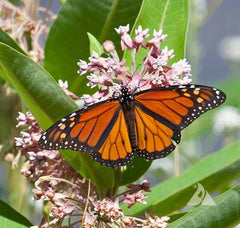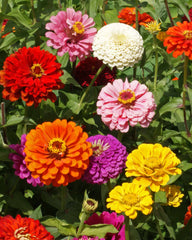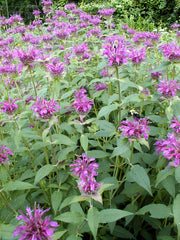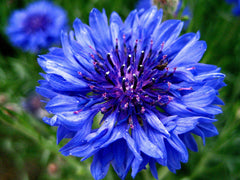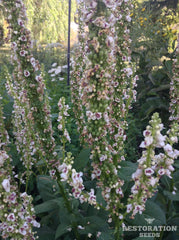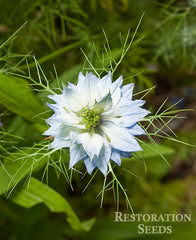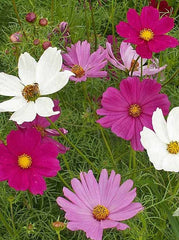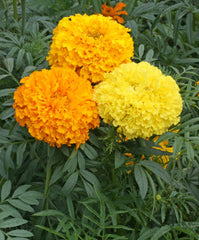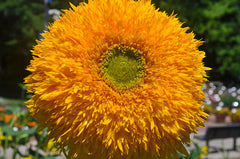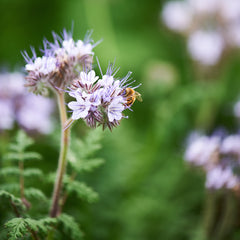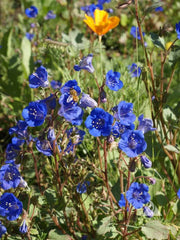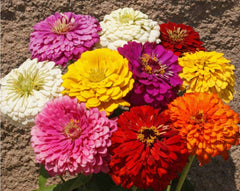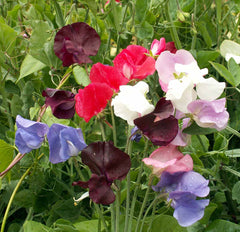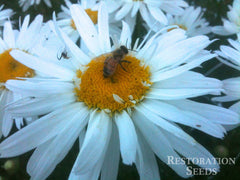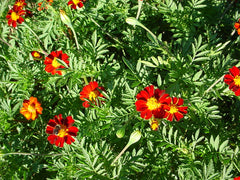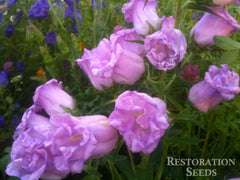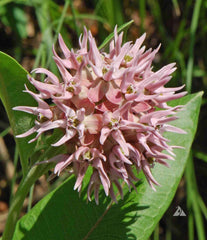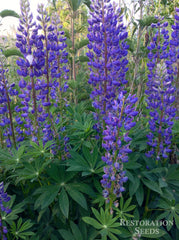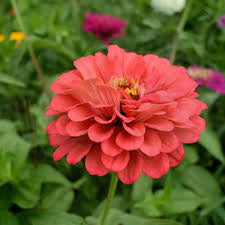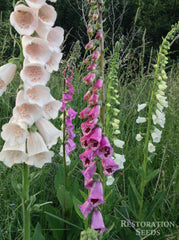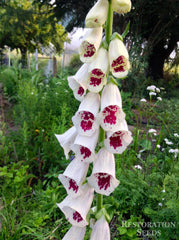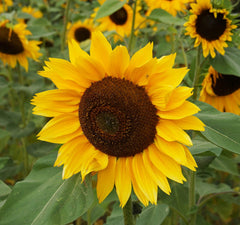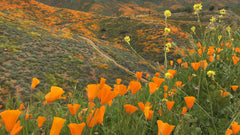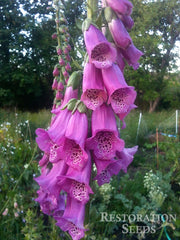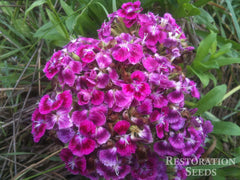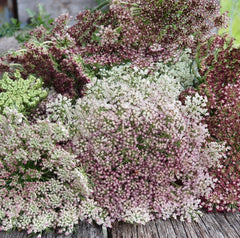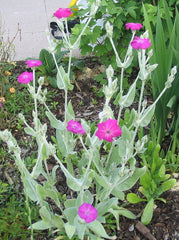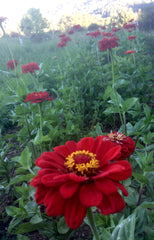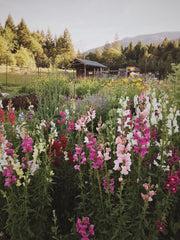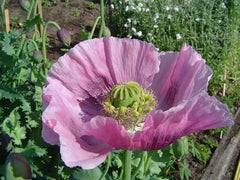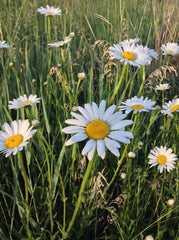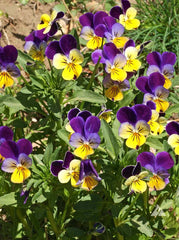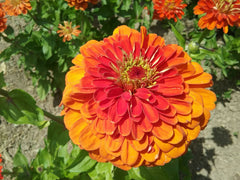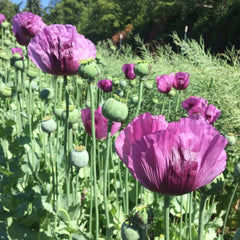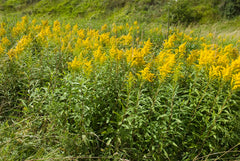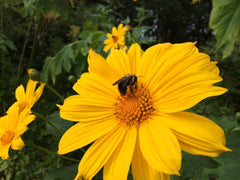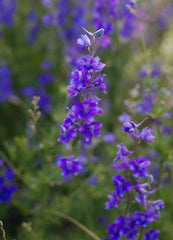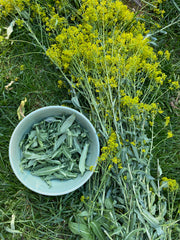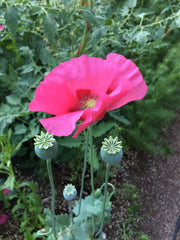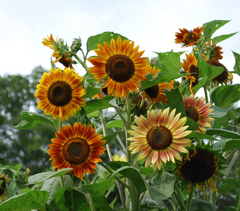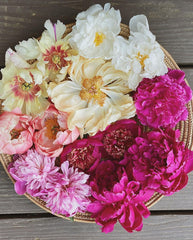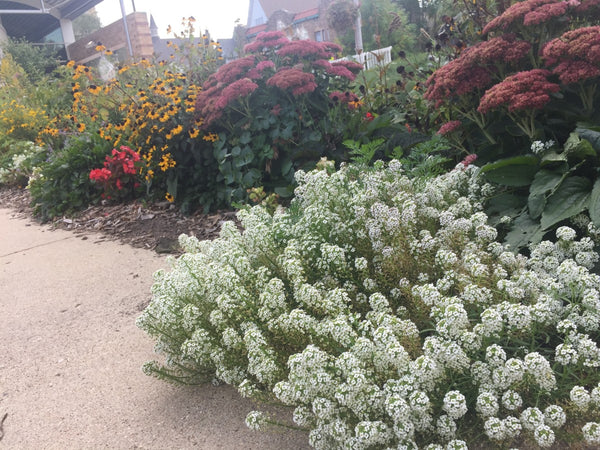Sweet Alyssum
Lobularia maritima
HOW TO GROW SWEET ALYSSUM
Direct sow after last frost, or plant indoors 4-5 weeks before last frost and transplant. Prefers moist, well-drained soils, and is tolerant of sandy and loamy soils. Plant in full sun to partial shade. It’s a great ground cover plant that can be tilled under or cut back, and composted at the end of the season. Soil pH 6-7. Hardiness zones 9-11. Annual.
Planting Depth surface requires light
Soil Temp. Germ. 70
Days to Germ. 5-15
Plant Spacing 6-8”
Row Spacing 12”
Full Sun, Moist Well Drained Soil
Planting Depth surface requires light
Soil Temp. Germ. 70
Days to Germ. 5-15
Plant Spacing 6-8”
Row Spacing 12”
Full Sun, Moist Well Drained Soil
50 Days to Maturity
- 150 Seeds$3.50
- 1500 Seeds$10.50
Sweet Alyssum is found in wild natural places and in unassuming cracks in the sidewalks and walls! It can be cultivated in the garden as an excellent ground cover that suppresses weeds and attracts a wide array of beneficial insects and pollinators. It is low growing, 6-12” tall, and 8-12” wide. Dense clusters of sm...
Sweet Alyssum is found in wild natural places and in unassuming cracks in the sidewalks and walls! It can be cultivated in the garden as an excellent ground cover that suppresses weeds and attracts a wide array of beneficial insects and pollinators. It is low growing, 6-12” tall, and 8-12” wide. Dense clusters of small flowers bloom throughout a long growing season, especially if older blooms are cut back. The flowers produce a delicious honey-like aroma. Drought and heat tolerant. Tags: Color: White, Size: Small, Season: Spring, Summer, Fall.
This annual plant is native to the Mediterranean Basin and Canary Islands. It’s naturalized in many other temperate areas of the world, commonly found on sandy dunes at sea level. It can also grow in cultivated fields, slopes, walls, and waste ground.
This annual plant is native to the Mediterranean Basin and Canary Islands. It’s naturalized in many other temperate areas of the world, commonly found on sandy dunes at sea level. It can also grow in cultivated fields, slopes, walls, and waste ground.
Learn More
Meet Your Farmer
We promote fair trade, organic practices and environmental responsibility throughout the Restoration Seeds supply chain. Below are the family farmers and seed suppliers who bring our open pollinated seeds to you.
Feral Farm
Certified Organic by CCOF
Seed grower since 2015


I started growing seed commercially as an apprentice at the Organic Farm School in the Puget Sound in Washington. I already loved growing vegetables, but taking a plant all the way through its life cycle felt like a special kind of honor, and I quickly saw the value in sustaining organic, important, and rare plant varieties and participating in sustainable food systems in this way. I moved to Oregon in 2015 and have been growing my organic seed farming business over the last four seasons by renting land from existing farms and slowly taking on higher volumes and more varieties. I’m currently growing 1.6 acres of certified organic seed crops and heirloom garlic.
Reviews
